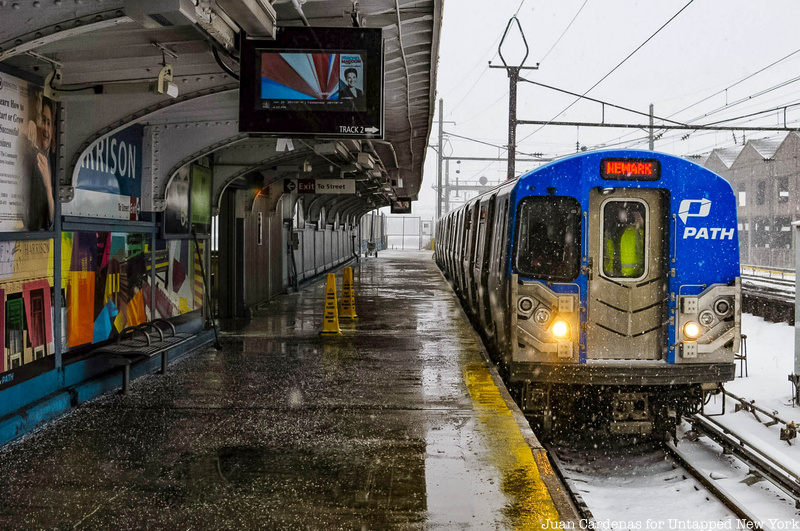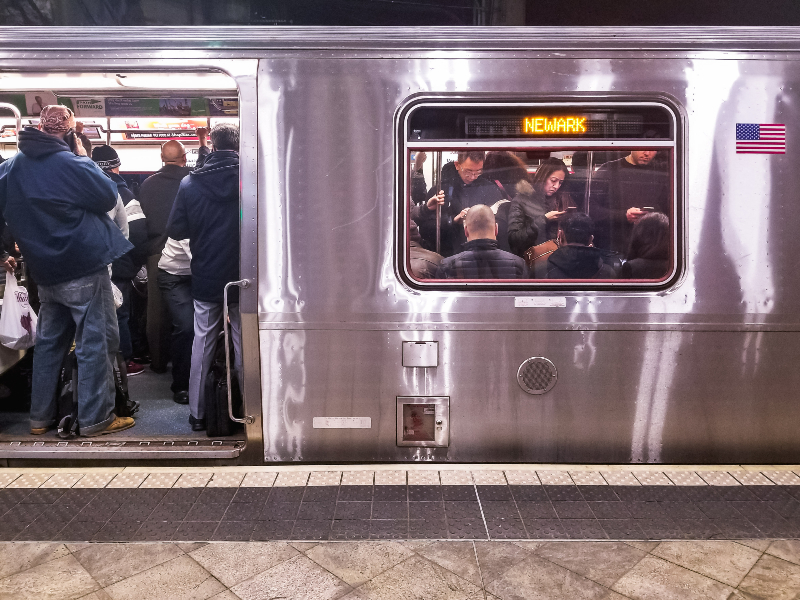
Buried beneath the streets of New York City and its surrounding waterways, interspersed among the labyrinthine subway tracks, are the tunnels of the Hudson & Manhattan (H&M) railroad – known today as the PATH train. For those unfamiliar with the PATH, it’s the commuter railway connecting New York City’s so-called “sixth borough” – the New Jersey Gold Coast, comprised primarily of Jersey City and Hoboken – with the urban centers of Manhattan and Newark, NJ. The PATH train generally operates in four lines during weekdays and two on weekends, spanning from Newark to World Trade Center, Hoboken to World Trade Center, Hoboken to Manhattan’s 33rd Street and Jersey City’s Journal Square to 33rd street.
Weathering many of the same storms as its MTA counterpart, from strikes and budget issues to tropical storms and train traffic incidents, there are some secrets even the most seasoned traveler crossing the Hackensack and Hudson rivers may have missed. Diving into the top 10 secrets of the PATH train, it’s best to begin with the history of the tunnels themselves.
1. The PATH train tunnels pre-date the subway

The island of Manhattan was connected via rail with Northern NJ for the first time on February 25th, 1908, but at that point plans for the connecting trains were over thirty years old. Hudson & Manhattan (now PATH) railroad tunnels originated with plans from the 1870s, but these construction outlines were hampered by technological and engineering constraints of the time. The first train finally departed New Jersey through the clean tunnels, slowing to a roll below the Hudson river before arriving into New York City. The importance of this frosty Winter day was marked by a telegram sent from President Theodore Roosevelt, himself a New Yorker, announcing the ceremonious start to the Hudson & Manhattan Railroad.
While the New York City subway began running in 1904, four years before the first railcar from New Jersey brought travelers into New York City, the H&M (PATH train) railroad tunnels originated with plans much earlier than the subway’s construction, planned beginning in 1894.





